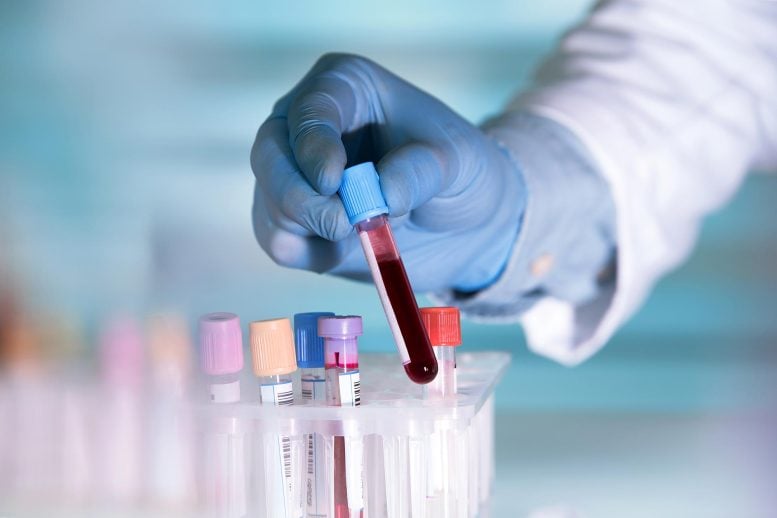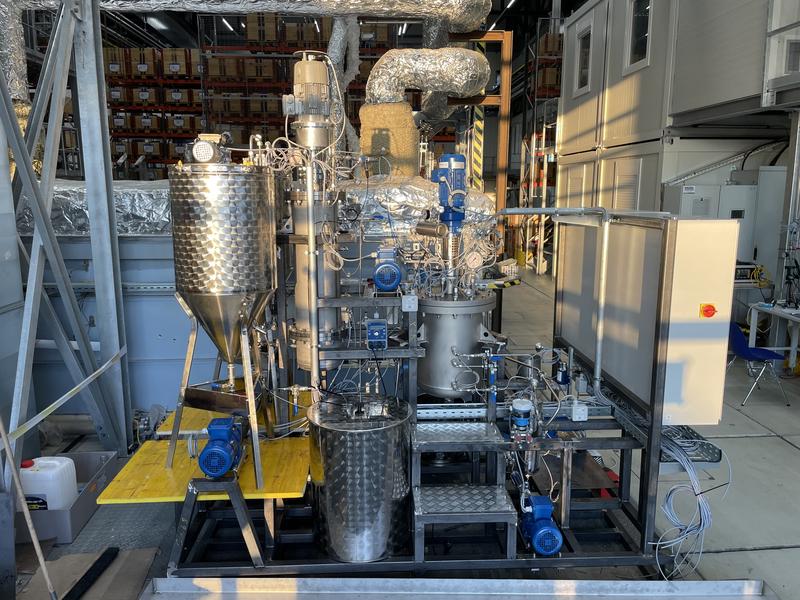Recent research has unveiled a critical mechanism by which cancer cells can be induced to self-destruct, specifically through the inhibition of the enzyme STK17B. This discovery is particularly significant for treating multiple myeloma, a challenging blood cancer. By targeting STK17B, scientists have found that they can trigger an iron-dependent death pathway in these malignant cells, enhancing the efficacy of existing therapies. The implications of this finding are profound, as it not only offers a novel approach to combatting a notoriously resilient cancer but also highlights the potential for leveraging metabolic vulnerabilities in cancer treatment.
The promising results from early mouse studies suggest that this strategy could lead to a breakthrough in therapeutic options for multiple myeloma patients. By focusing on the iron-driven death mechanism, researchers are opening new avenues for treatment that could improve patient outcomes significantly. This approach emphasizes the importance of understanding the metabolic processes within cancer cells, as exploiting these pathways may yield more effective and targeted therapies. As the research progresses, the integration of STK17B inhibition into clinical practice could represent a pivotal shift in the management of multiple myeloma and potentially other cancers as well.








